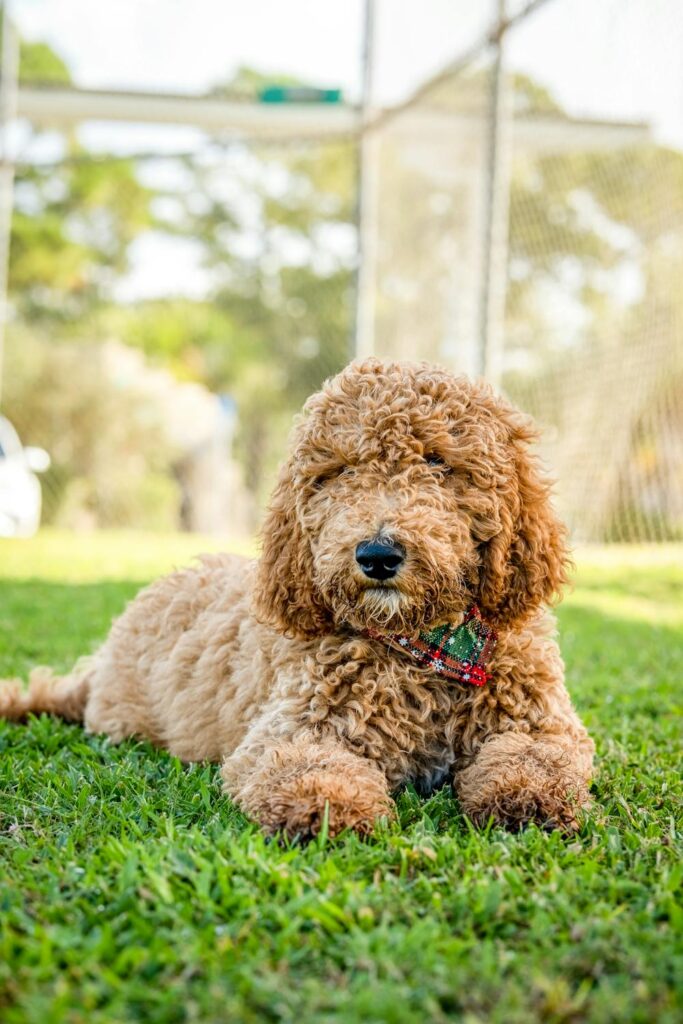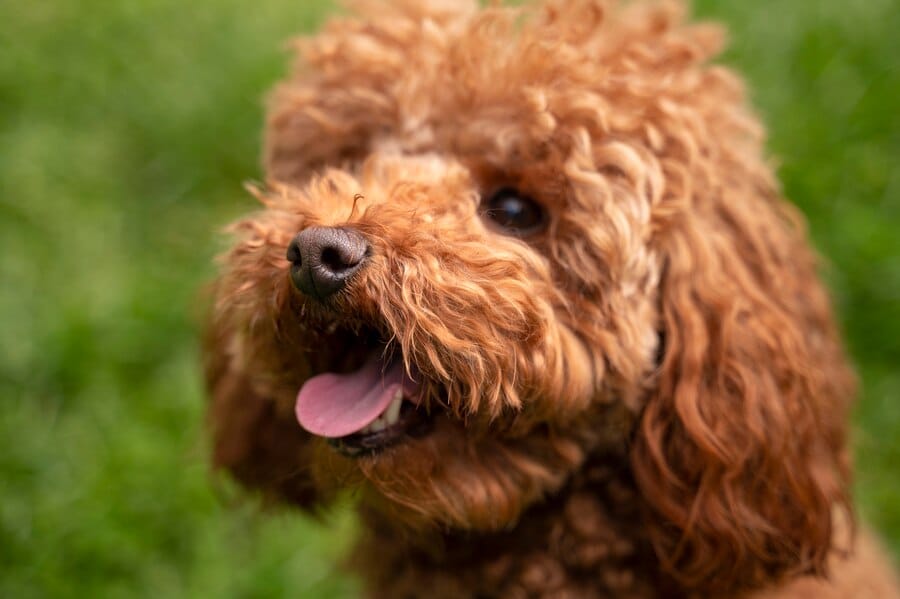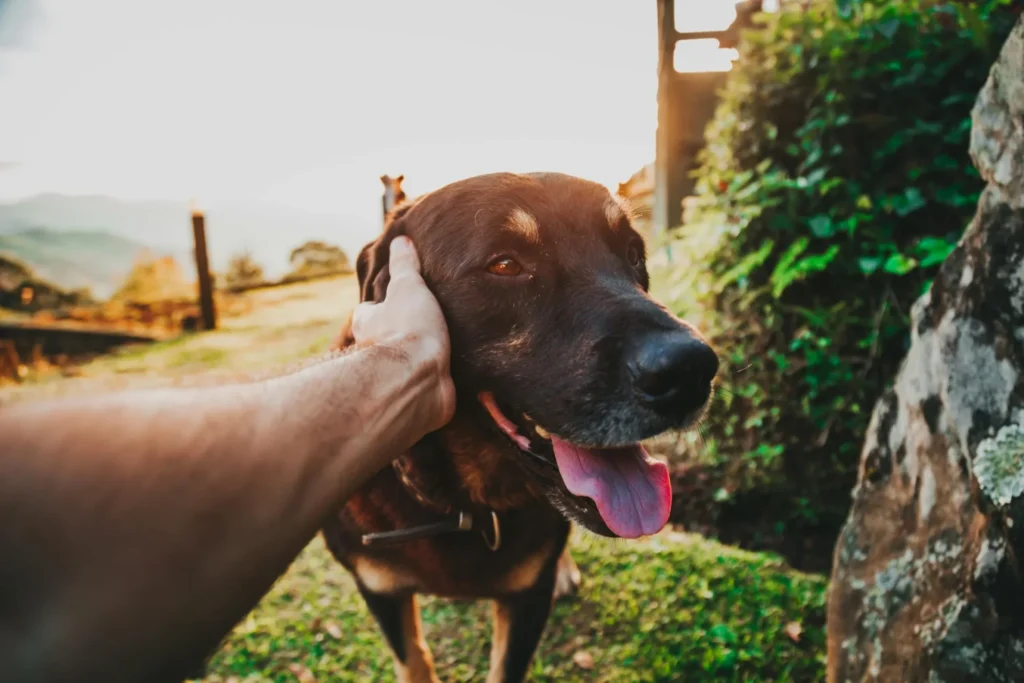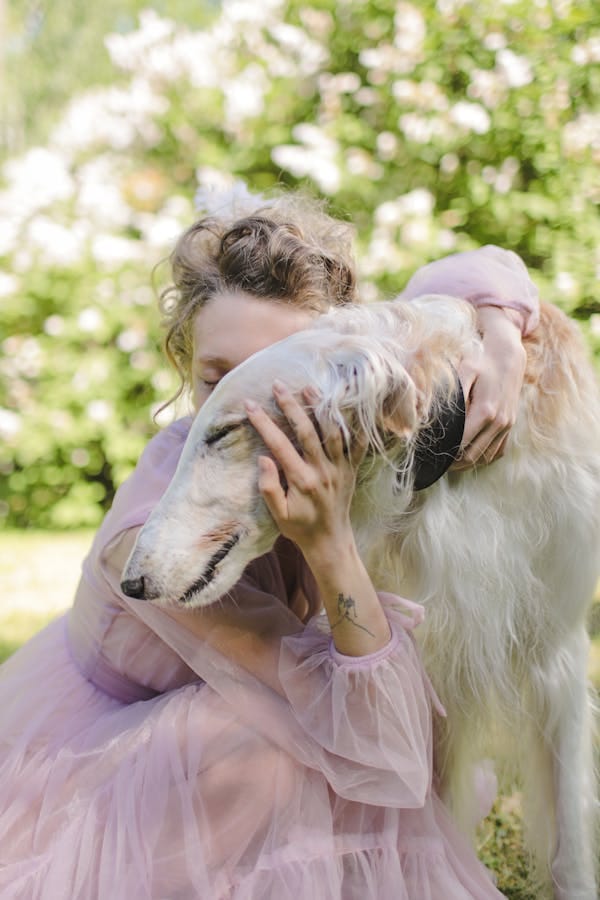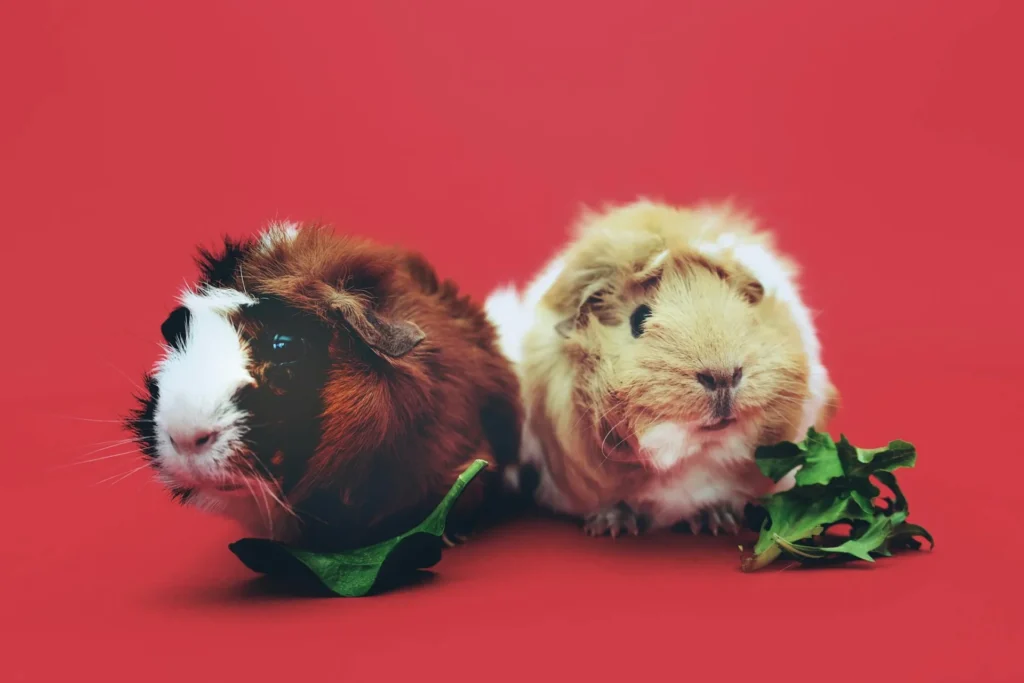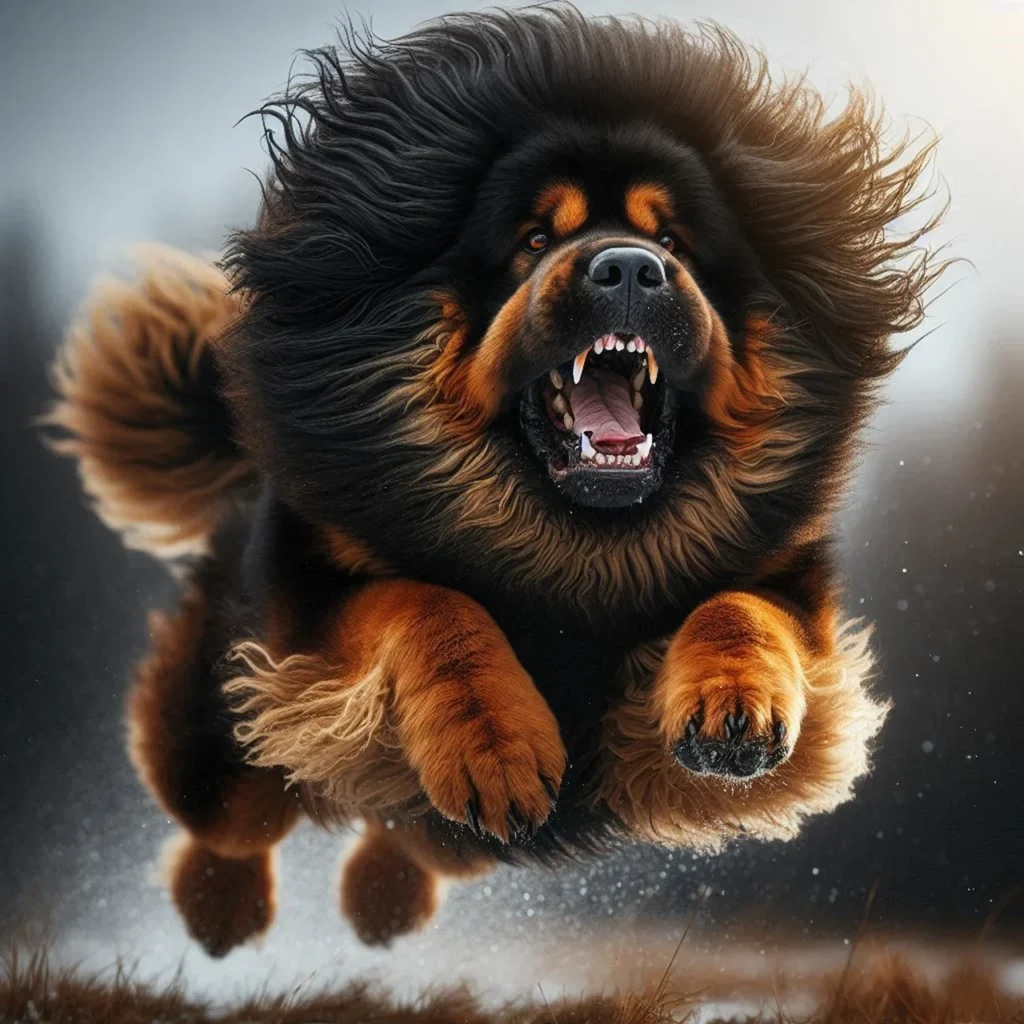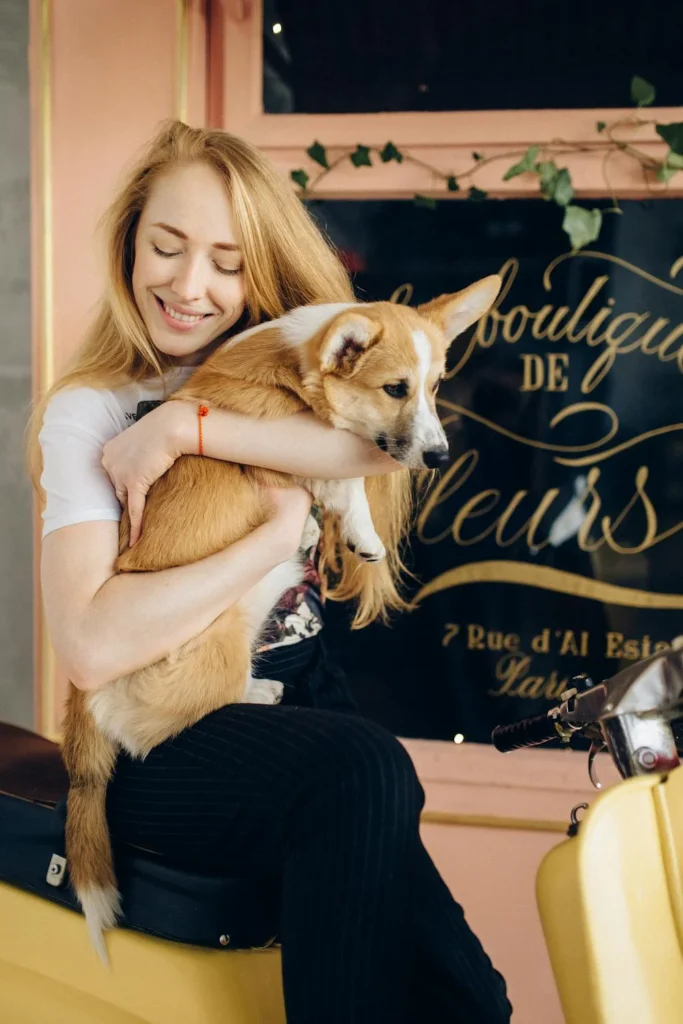- Unveiling the Secrets Behind Those Soulful Poodle Gazes
- The Intricate Anatomy of Poodle Eyes: A Marvel of Canine Evolution
- The Fascinating Psychology Behind Those Puppy Dog Eyes
- The Cultural Impact and Significance of Poodle Eyes
- The Science of Poodle Vision: More Than Meets the Eye
- Caring for Those Precious Poodle Peepers
- FAQs: Everything You’ve Ever Wondered About Poodle Eyes
- Conclusion: The Eyes Have It!
Unveiling the Secrets Behind Those Soulful Poodle Gazes
Have you ever found yourself lost in the deep, soulful eyes of a poodle, feeling as if you’re peering into the depths of a wise, old soul? 🤔 You’re not alone in this enchanting experience! Poodles, with their remarkably human-like eyes, have captivated dog lovers and scientists alike for generations. In this comprehensive exploration, we’ll dive deep into the fascinating world of poodle eyes, unraveling the mysteries that make them so uniquely captivating.

The Intricate Anatomy of Poodle Eyes: A Marvel of Canine Evolution
A Complex Window to the Canine Soul
Poodle eyes are truly a wonder of nature, boasting a unique structure that sets them apart from other breeds. Let’s take a closer look at what makes these peepers so special:
- Size and Shape: Poodle eyes tend to be larger and more rounded than those of many other breeds, giving them an almost doe-like appearance that’s irresistibly endearing.
- Eye Color Spectrum: From rich, dark browns to striking ambers, and even the occasional blue, poodle eyes come in a mesmerizing array of colors.
- Eyelid Structure: The distinctive shape of a poodle’s eyelids contributes significantly to their expressive look, often giving them an attentive or slightly concerned appearance.
- Tear Ducts: Poodles have well-developed tear ducts that help keep their eyes moist and healthy, contributing to their glistening, emotive appearance.
Let’s break down the intricate anatomy of a poodle’s eye:
| Eye Part | Description | Function |
|---|---|---|
| Cornea | The clear outer layer | Protects the eye and helps focus light |
| Iris | The colored part | Controls the amount of light entering the eye |
| Pupil | The black center | Expands and contracts to regulate light intake |
| Sclera | The white part | Maintains the eye’s shape and protects inner structures |
| Nictitating Membrane | The “third eyelid” | Provides additional protection and lubrication |
| Lens | Behind the iris | Focuses light onto the retina |
| Retina | Back of the eye | Contains light-sensitive cells for vision |
| Optic Nerve | Connects eye to brain | Transmits visual information to the brain |

The Evolutionary Tale Behind Those Expressive Eyes
The journey to those captivating poodle eyes is a fascinating tale of evolution and human influence: 🧬
- Selective Breeding: Over countless generations, humans have inadvertently selected for poodles with more expressive, human-like eyes. This trait was seen as endearing and desirable, leading to its prevalence in the breed.
- Co-evolution with Humans: As poodles became more attuned to human emotions and social cues, their eyes may have evolved to better communicate with us, strengthening the human-canine bond.
- Intelligence Factor: Poodles consistently rank among the most intelligent dog breeds. Their cognitive abilities and problem-solving skills may be reflected in their expressive, alert eyes.
- Adaptation to Human Environments: As poodles transitioned from working dogs to companion animals, their ability to communicate effectively with humans through eye contact became increasingly important.
The Fascinating Psychology Behind Those Puppy Dog Eyes
The Irresistible Power of the Poodle Gaze
Poodles have truly mastered the art of the meaningful look. 👁️ Their ability to maintain eye contact and convey a wide range of emotions through subtle eye movements is nothing short of remarkable. But what makes this gaze so powerful and irresistible to humans?
- Oxytocin Release: Scientific studies have shown that mutual gazing between dogs and their owners can increase oxytocin levels in both parties. This “love hormone” strengthens the bond between poodles and their human companions, creating a positive feedback loop of affection and trust.
- Emotional Mirroring: Poodles are exceptionally adept at reading and responding to human emotions, often mirroring our feelings with their own facial expressions and eye movements. This emotional synchronization deepens the connection between poodle and owner.
- Non-verbal Communication: In the absence of speech, poodles rely heavily on eye contact and facial expressions to communicate their needs, desires, and feelings. Their expressive eyes have become a highly effective tool for “talking” to their human families.
- Evolutionary Advantage: The ability to form strong bonds with humans through eye contact may have provided an evolutionary advantage to poodles, leading to better care and increased chances of survival and reproduction.
The Remarkable Emotional Intelligence of Poodles
Poodles aren’t just using those big, beautiful eyes to look adorable (although they certainly excel at that! 😍). Their expressive eyes are a key component of their impressive emotional intelligence toolkit:
- Empathy: Poodles can sense when their owners are experiencing various emotions – sadness, happiness, anxiety – and often respond with appropriate eye expressions and body language to offer comfort or share in the joy.
- Problem-solving: Watch a poodle’s eyes during a puzzle-solving session, and you’ll see the wheels turning! Their eyes often reflect their thought processes as they work through challenges.
- Seeking Permission: Poodles frequently use eye contact to ask for permission or gauge if a behavior is acceptable, showcasing their understanding of human social structures.
- Attention-seeking: Those big poodle eyes are often employed to capture their owner’s attention when they want or need something, whether it’s food, playtime, or simply affection.
- Conflict Resolution: In multi-dog households, poodles may use eye contact and facial expressions to diffuse tensions or communicate submission, demonstrating their social intelligence.
The Cultural Impact and Significance of Poodle Eyes
Poodles in Pop Culture: Those Eyes Steal the Show
Those soulful poodle eyes haven’t just captured our hearts – they’ve made an indelible mark on popular culture too! 🎬
- Movies and TV: From the sophisticated poodle in “101 Dalmatians” to the sassy Chloe in “The Secret Life of Pets,” poodles often steal the show with their expressive gazes and larger-than-life personalities.
- Art and Literature: Poodles have inspired countless artists and writers throughout history. Their distinctive eyes are often exaggerated in portraits and illustrations, emphasizing their soulful, almost human-like quality.
- Social Media Sensations: The hashtag #poodleeyes has millions of posts across various social media platforms, showcasing the breed’s captivating gaze and its ability to melt hearts worldwide.
- Advertising and Marketing: The appealing look of poodle eyes has been used effectively in advertising campaigns for everything from pet products to luxury goods, capitalizing on their association with sophistication and emotional connection.
The Therapeutic Power of Poodle Eyes: More Than Just a Pretty Face
The healing power of a poodle’s gaze extends far beyond simply making us feel warm and fuzzy:

- Stress Reduction: Studies have shown that simply looking into a poodle’s eyes can lower cortisol levels and reduce stress in humans. This effect is so powerful that some workplaces have introduced “Poodle Therapy” sessions for employees.
- Emotional Support: Poodles are frequently used as therapy dogs in hospitals, nursing homes, and schools. Their expressive eyes provide comfort and a sense of connection to those in need, helping to alleviate feelings of loneliness and anxiety.
- Autism Support: Research suggests that the non-judgmental gaze of a poodle can help individuals with autism improve their social skills and emotional regulation. The predictable and calming nature of poodle eye contact can be particularly beneficial for those who struggle with human social interactions.
- PTSD Treatment: Veterans and others suffering from PTSD have reported significant benefits from interacting with poodles, particularly through the calming effect of their steady, empathetic gaze.
- Elderly Care: In senior care facilities, poodles’ expressive eyes have been shown to stimulate memory recall and encourage social interaction among residents, contributing to improved mental health and cognitive function.
The Science of Poodle Vision: More Than Meets the Eye
How Poodles See the World
While poodle eyes may look remarkably human-like, their vision differs from ours in several key ways:
- Color Vision: Poodles are dichromatic, meaning they see primarily in blue and yellow hues. While they can’t appreciate the full spectrum of colors that humans can, their color vision is more advanced than was once believed.
- Motion Detection: Poodles excel at detecting motion, a trait that stems from their hunting dog ancestry. This ability makes them excellent at activities like agility training and fetch.
- Night Vision: Thanks to a reflective layer behind their retina called the tapetum lucidum, poodles have superior night vision compared to humans.
- Field of View: Poodles have a wider field of view than humans, typically around 250 degrees compared to our 180 degrees.
The Genetic Factors Behind Poodle Eye Color
The mesmerizing range of poodle eye colors is determined by complex genetic factors:
- Brown Eyes: The most common color, resulting from high melanin production.
- Amber Eyes: Caused by a dilution of the brown pigment.
- Blue Eyes: Rare in poodles, often associated with merle gene or albinism.
- Green Eyes: Extremely rare, often the result of a specific combination of pigment dilution genes.
Caring for Those Precious Poodle Peepers
Keeping Poodle Eyes Healthy: A Comprehensive Guide
With great eyes comes great responsibility! 🦸♀️ Here’s a detailed guide on how to keep those poodle peepers in top shape:
- Daily Cleaning: Gently wipe around the eyes daily using a soft, damp cloth to remove any discharge. Use separate cloths for each eye to prevent potential cross-contamination.
- Proper Trimming: Keep the hair around the eyes neatly trimmed to prevent irritation. Consider professional grooming if you’re not confident in your trimming skills.
- Nutrition for Eye Health:
- Ensure a balanced diet rich in vitamins A, C, and E, as well as omega-3 fatty acids.
- Consider supplements specifically formulated for canine eye health (consult with your vet first).
- Regular Check-ups: Schedule annual eye exams with your veterinarian or a veterinary ophthalmologist.
- Protect from Environmental Hazards:
- Use pet-safe sunglasses or goggles when in bright sunlight or dusty conditions.
- Avoid exposing your poodle to secondhand smoke or other air pollutants.
- Adequate Hydration: Ensure your poodle always has access to fresh, clean water to support overall eye health.
- Monitor Screen Time: If your poodle watches TV or interacts with tablets, limit their screen time to prevent eye strain.
Common Poodle Eye Issues: Prevention and Treatment
Being aware of potential eye problems can help you catch and address issues early:
| Issue | Symptoms | Prevention | Treatment |
|---|---|---|---|
| Tear Staining | Reddish-brown stains under eyes | Regular cleaning, proper diet | Veterinary-approved wipes, possible dietary changes |
| Entropion | Eyelid rolling inward, eye irritation | Regular check-ups | Surgery in severe cases |
| Cataracts | Cloudy appearance in the eye | Genetic testing, proper nutrition | Surgery if vision is significantly impaired |
| Progressive Retinal Atrophy | Night blindness, eventual vision loss | Genetic testing | No cure, but manageable with proper care |
| Glaucoma | Eye redness, cloudiness, squinting | Regular pressure checks | Medication or surgery, depending on severity |
| Dry Eye | Redness, discharge, squinting | Regular check-ups | Artificial tears, medication to stimulate tear production |
FAQs: Everything You’ve Ever Wondered About Poodle Eyes
Q: Do all poodles have the same eye color?
A: No, poodle eye color can vary from deep brown to amber, and even blue or green in rare cases. The specific color is determined by genetics.
Q: Can poodles see color?
A: Yes, but not as vividly as humans. Poodles see primarily in blue and yellow hues, with limited ability to distinguish reds and greens.
Q: Why do some poodles have tear stains?
A: Tear stains are often caused by excessive tear production, blocked tear ducts, or sometimes dietary factors. Regular cleaning and addressing underlying causes can help manage this issue.
Q: Are poodles prone to eye problems?
A: While generally healthy, poodles can be prone to certain eye issues like cataracts and progressive retinal atrophy. Regular check-ups and genetic testing can help prevent or manage these conditions.
Q: Can poodles recognize themselves in mirrors?
A: While not definitively proven, some poodle owners report their dogs showing self-awareness when looking in mirrors. This behavior is still being studied by canine researchers.
Q: How often should I clean my poodle’s eyes?
A: It’s best to gently clean around your poodle’s eyes daily to remove any discharge and prevent tear staining.
Q: Can poodles communicate emotions through their eyes?
A: Yes, poodles are known for their expressive eyes and can convey a wide range of emotions through eye contact and subtle eye movements.
Q: Do poodles make eye contact more than other dog breeds?
A: While individual dogs may vary, poodles are generally known for their tendency to make and maintain eye contact with humans, which contributes to their reputation for being highly attuned to their owners.
Q: Can the color of a poodle’s eyes change over time?
A: Slight changes in eye color can occur as poodles age, particularly in the first few months of life. Dramatic changes in eye color, however, may indicate a health issue and should be checked by a vet.
Q: Are blue-eyed poodles more prone to health issues?
A: Blue-eyed poodles, while rare, are not necessarily more prone to health issues. However, if the blue eye color is associated with the merle gene, it can sometimes be linked to hearing or vision problems.
Conclusion: The Eyes Have It!
From their unique anatomy to their emotional intelligence, poodle eyes are truly something extraordinary. 🌟 These expressive peepers have not only endeared poodles to millions of dog lovers worldwide but have also given us a fascinating glimpse into the complex world of canine-human communication.
Whether you’re a long-time poodle parent, a potential adopter, or simply an admirer of those soulful gazes, there’s no denying the magic that happens when you look into a poodle’s eyes. These remarkable organs are not just tools for vision; they’re gateways to understanding, connection, and a bond that transcends species.
So the next time you find yourself lost in that penetrating poodle stare, remember – you’re not just looking at a pair of eyes, you’re peering into centuries of evolution, emotion, and the unbreakable bond between humans and their canine companions. You’re witnessing a small miracle of nature, a testament to the depth of animal intelligence and emotion.
After all, they say the eyes are the windows to the soul – and poodle eyes might just be the clearest, most captivating windows of all! 🐾💖
In the end, whether it’s their problem-solving intelligence, their unwavering loyalty, or those irresistible, almost human-like eyes, poodles continue to capture our hearts and imaginations. They remind us of the profound connections we can form with our animal companions and the joy that comes from sharing our lives with these remarkable creatures.
So here’s to poodles and their mesmerizing eyes – may they continue to enchant, comfort, and connect with us for generations to come! 🎉🐩👀

